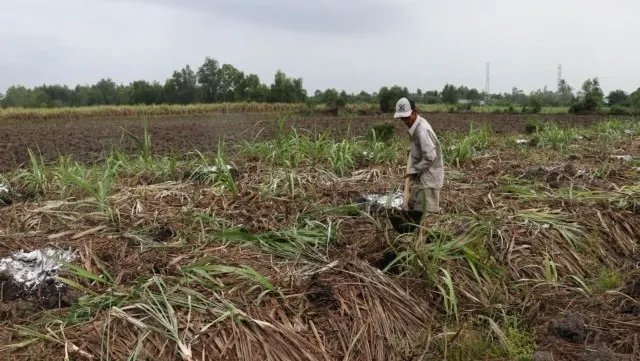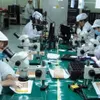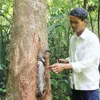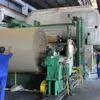Mekong Delta sugarcane farmers switch en masse to other crops
by ,http://vietnamnews.vn/society/522185/mekong-delta-sugarcane-farmers-switch-en-masse-to-other-crops.h04 July 2019 Last updated at 10:36 AM


In Long An Province, it has fallen to 3,800ha from 12,000ha in peak years.
Bến Lức District, which has the largest area under the crop in Long An, is planting 3,000ha.
Nguyễn Huệ, who has planted sugarcane for many years in its Lương Hòa Commune, said he has reduced his sugarcane growing area to 6ha after making losses in recent years.
He is growing the sugarcane this time from old roots since he does not want to spend more on new seedlings, he said.
“I did not want to give up sugarcane because it has made my family well-off. But I cannot sell sugarcane.”
He is growing coconut trees on the rest of the area where he was previously growing sugarcane, he added.
Farmers earned VNĐ5-7 million (US$215-300) from a hectare of sugarcane during the last crop after spending VNĐ10 million ($430) on fertiliser alone.
In Trà Cú District, the largest sugarcane farming area in Trà Vinh Province, the crop is grown only on 2,540ha, down by 50 per cent from previous years, according to the local Agriculture and Rural Development Bureau.
Huỳnh Văn Thảo, head of the bureau, said farmers suffered heavy losses after sugarcane prices fell for two consecutive years.
Kiên Phume, a farmer in Trà Cú District’s Ngãi Xuyên Commune who has switched to other crops this time, said after the last crop the Trà Vinh Sugarcane One Member Limited Company bought sugarcane with a commercial cane sugar (CCS) sweetness level of 10 at a price of VNĐ850 per kilogramme, down nearly VNĐ100 from the previous season.
Farmers suffer losses at this price, she said.
She has stopped growing sugarcane on her 6,000sq.m field this year and instead grows vegetables on 2,000sq.m and rice on 4,000sq.m, she said.
She earns around VNĐ250,000 ($11) a day from selling mustard leaves, green onions and herbs.
But many other sugarcane farmers in the district lack the money and farming knowledge to switch to other crops.
The bureau has instructed some farmers in growing other crops and they have begun to grow other crops on 530ha.
Support policies
The Trà Vinh Sugarcane One Member Limited Company has announced a further VNĐ100 cut per kilogramme in sugarcane buying prices in the 2019-20 crop to VNĐ700.
However, it is helping farmers in other ways like advancing money at low interest rates to buy sugarcane seedlings and fertiliser, offering them training in farming techniques, and reducing middlemen.
Cao Văn Tổng, director of the Lưu Nghiệp Agricultural Co-operative in Trà Cú District, said despite the lower sugarcane prices, farmers are benefiting from the company’s policies.
Co-operatives, co-operative teams and households that have at least one hectare of sugarcane and sign a contract with the company are offered assistance and guaranteed outlets.
Trần Ngọc Hiếu, general director of Trà Vinh Sugarcane, said the company also gives VNĐ2 million ($860) per hectare to farmers who switch from other crops to sugarcane and pledge to grow at least two crops.
The company then instructs them in farming techniques, growing processes and treating pests and diseases, he added.
In Hậu Giang Province, which has the largest area under sugarcane in the delta, the Cần Thơ Sugar Joint Stock Company (Casuco) buys much of the local output.
Phạm Quang Vinh, deputy general director of Casuco, said the company would directly buy sugarcane from farmers in the 2019-20 season and not through traders like in the past.
Casuco buys sugarcane grown on around 6,000ha, he said.
It recently decided to suspend operations at one of its two sugar mills in the province until the next sugarcane crop.
It is implementing policies to assist farmers, hoping to increase the contracted area under sugarcane in the province to 10,000-15,000ha.
But Hậu Giang Province only has 8,300ha under the crop this year, according to its Department of Agriculture and Rural Development.
The delta has 10 sugar mills but four of them have suspended operations due to several reasons, including losses and a decline in sugarcane farming areas. — VNS





